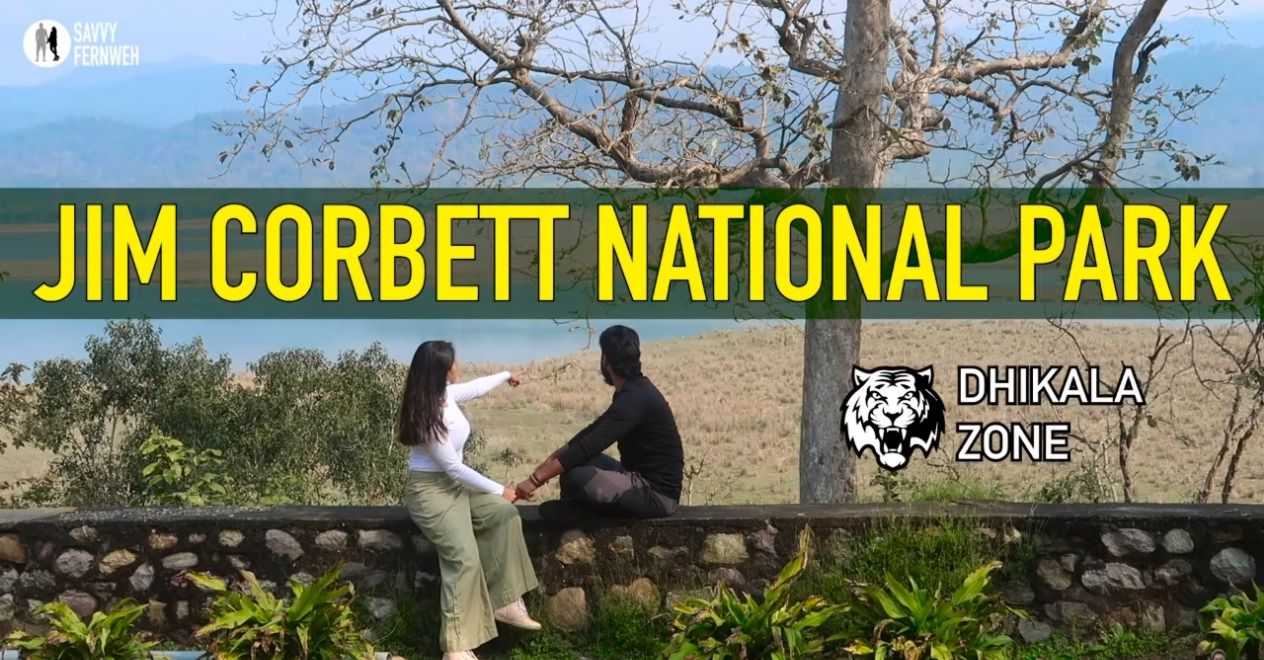Jim Corbett National Park: Home To The Royal Bengal Tiger
Corbett Tiger Reserve, which is located between the districts of Nainital and Pauri in the Uttarakhand Himalayas and is considered to be one of the oldest Tiger Reserves in Asia, is undoubtedly a wildlife tourist destination whose name you have undoubtedly heard at least once in your life. According to reports, it is one of the most frequented reserves in the country. It has the highest concentration of wild tigers in India and is one of the best-maintained wildlife tourist destinations.
The allure and splendor of this finest tourist destination have not only attracted wildlife enthusiasts to the Park but have also impressed celebrities like Raveena Tandon and Manushi Chhillar, who visited the Park with their families during their vacations.
In spite of the stunning terrain of Corbett, Bollywood film directors continued to use it as a filming site for films like Kaal, which starred B-town stars like Ajay Devgan and John Abraham. As a result, it is clear that this location has a unique quality that you can only appreciate if you take the time to arrange your visit here.
To prepare for this adventure, put your reading glasses on, get your notepad and pen ready, or bookmark this blog for future reference as you plan your jungle safari trip. We will serve as your travel guide to Jim Corbett National Park, answering every possible question about why you should visit and how you should plan a wildlife vacation to this famous national Park for that Incredible India experience.
Best Time To Visit Jim Corbett
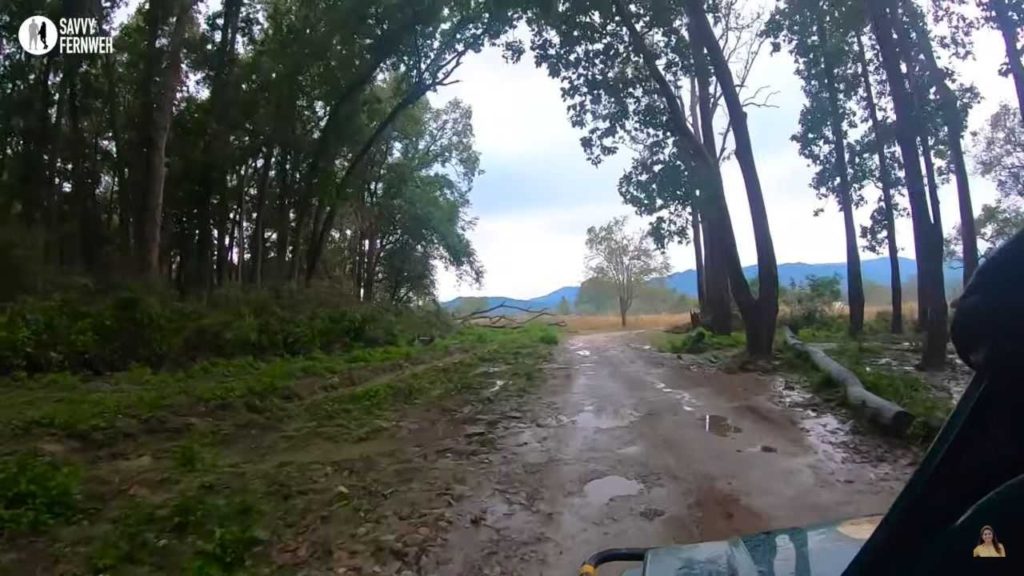
Between November and February, the greatest time to visit Jim Corbett National Park is during the winter season, when all of the zones are open, and you may see the most wildlife. Summer is also a fantastic season to visit Corbett since it is the greatest time to see most wildlife around water features. Monsoon season (June-August) is unlikely to be optimal since the Park is closed for most of the period.
Opening Dates for Jim Corbett National Park:
Not all of Jim Corbett’s five zones are open all of the time. The Jhirna Zone is accessible all year, and you may see birds and, on rare occasions, tigers there. The Sitabani Zone is also open throughout the year. These zones have a drier climate, with stony plains that are passable even during the monsoon. The Dhikala Zone is the most prized of them all, with the largest concentration of tigers and cubs, yet it is only available from November to June each year. The Durga Devi Zone, too, is only accessible from November to June. From October through June, the Bijrani Zone is accessible. This is due to the fact that the three zones are steep and feature extensive woods, making them more vulnerable to landslides. During the monsoon, the routes to these areas are also closed. Keep in mind that the Park shuts at night and that you are not permitted to overnight on the grounds.
How To Reach Jim Corbett National Park
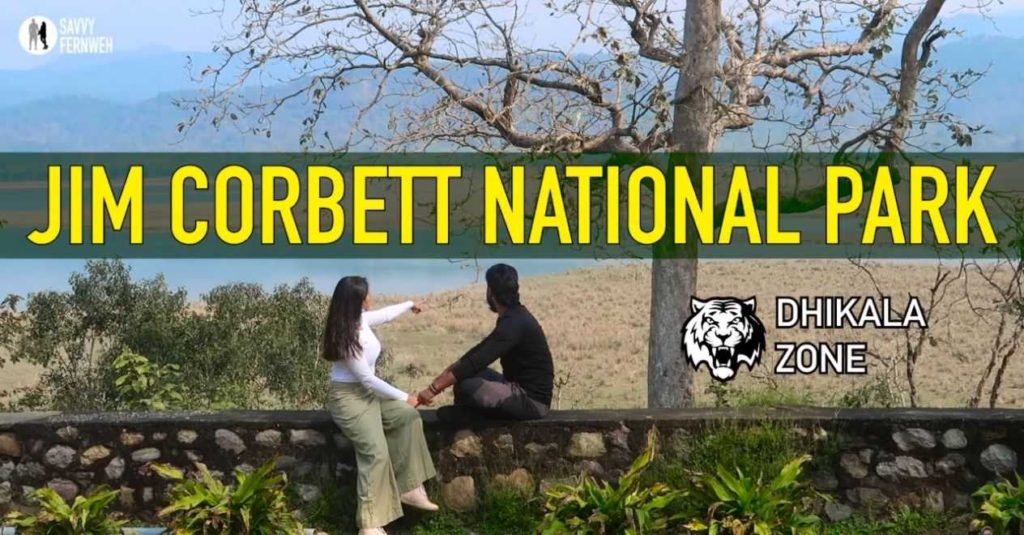
By flight:
Corbett National Park does not have an airport of its own when traveling by plane. Dehradun Airport, Uttrakhand, is the closest airport to NH 34, 156 kilometers away. 243 kilometers away, the closest international airport is Indira Gandhi International Airport, New Delhi. There are flights all around the country that land at Delhi International Airport, and some also land at Dehradun International Airport. With a car ride of no more than five hours between the two cities, these airports are connected to Jim Corbett.
The nearest airport is Dehradun Airport – 123 kilometers from Jim Corbett National Park.
By Road:
One of the most popular routes for visitors to get to Jim Corbett is highways, connected to the NH34 and a broad network of roads in the area. From Delhi, the quickest route to Corbett is via car. If you choose scenic roads, the 245-mile trip might take up to six hours to complete. Only a small portion of the road near Ramnagar is in poor shape.
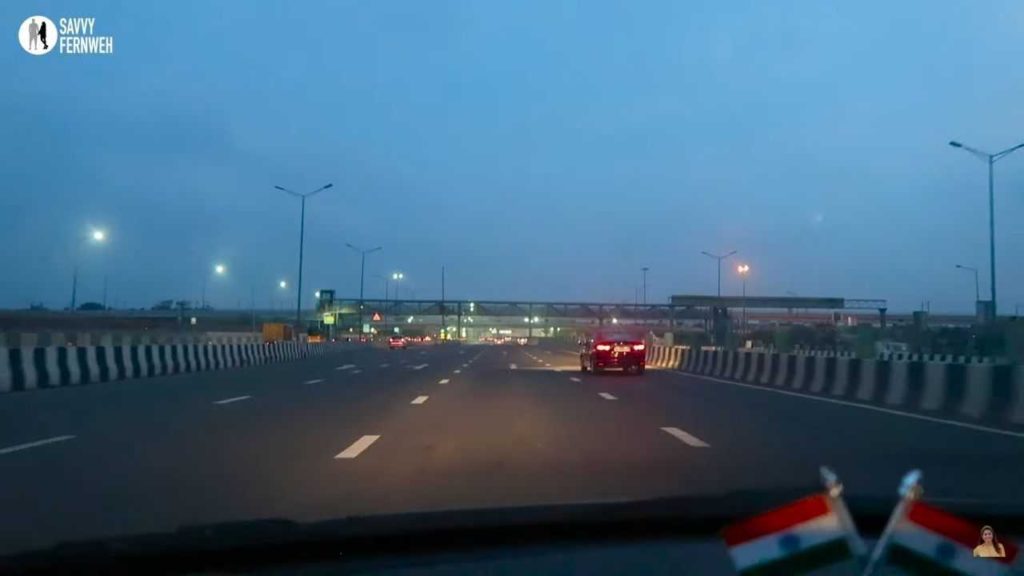
There is a direct route from Delhi to Corbett National Park through Delhi – Gajrola – Moradabad – Kashipur – Ramnagar.
By Train:
Around 12 kilometers from Corbett National Park, Ramnagar is the closest railway station. There are frequent trains that link it to New Delhi, which in turn connects it to the rest of the country. Traveling between Delhi and Ramnagar, the Ranikhet Express and Sampark Kranti are the two most popular trains.
At a distance of around 60 kilometers, the Kathgodam Railway Station is another convenient stop for visitors visiting Jim Corbett National Park. Road transportation from Kathgodam to New Delhi takes around three and a half hours.
Types of Safaris in Jim Corbett National Park
#1. Elephant Safari
Seeing some of the Park’s dangerous predators and other fun residents is a must-do! It’s twice the thrill and excitement if you can undertake this exhilarating activity while riding on the back of a large but kind park creature!
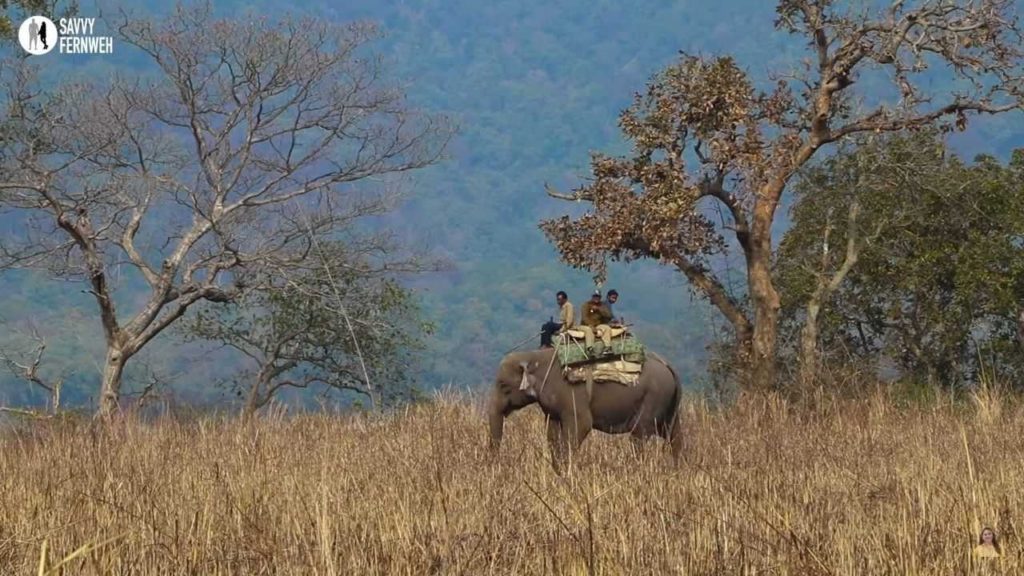
It is one of the most interesting and enjoyable activities in Jim Corbett. Elephant safari is one of the most popular safari alternatives in the Park. It not only enables you to get close to the jungle’s residents but also to some of the Park’s most remote locations.
These safaris also offer a flawless eco-tour inside the Park, contributing to the Park’s conservation efforts. Elephant safaris are led by skilled mahouts who provide optimum safety, enjoyment, and excitement for tourists.
Timings: There are two elephant safaris every day: 06:00 – 08:30 in the morning and 03:00 – 05:00 at night; the schedule is the same regardless of the season.
Zones: Bijrani and Dhikala
#2. Canter Safari
Canter safaris are another fantastic way to explore Jim Corbett Park’s environment! Usually, open-roof canters with a seating capacity of 16-18 members are employed. Canter safaris are great for big groups of people. The vehicles are safe for passengers of all ages, although children must be accompanied by an adult on the safaris.
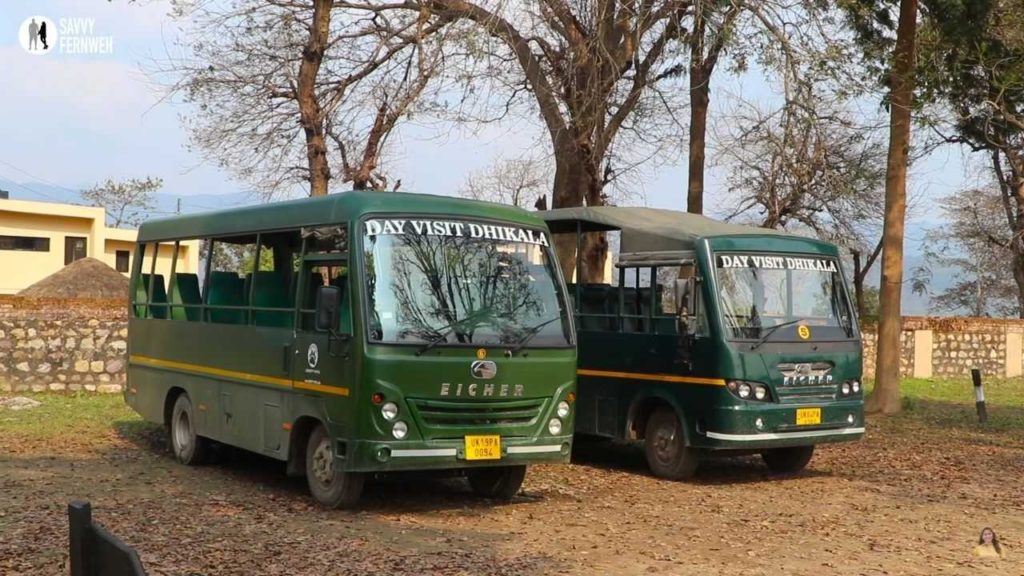
The safaris normally run approximately 5 hours and transport visitors to some of the most popular wildlife viewing locations. The open safari vehicles offer the most amazing wild experience! Also, because of the limited number of canters, it is best to book early.
Timings: As the weather is more favorable in the summer, the first safari of the day begins at 05:30 and lasts until 12:30. It begins at 12:20 pm and ends at 6:30 pm, making this the second set.
Safaris in the winter begin at roughly 6:00 am and last at 11:00 pm throughout the day. There are just a few hours in the day when cantering is permitted in the forest: from 11:00 am to 4:00 pm.
Zones: Canter safaris are permitted only in the Dhikala Zone, one of four buffer zones.
#3. Jeep Safari
Jeep safaris are the most popular safari choice in Jim Corbett Park. These safaris are authorized twice a day within the Park’s buffer zones and are limited to 25-30 jeeps per zone. Because these vehicles are smaller than canters, they can enter regions where canters cannot. Despite their tiny size, they guarantee a thrilling jungle or animal adventure inside the Park.
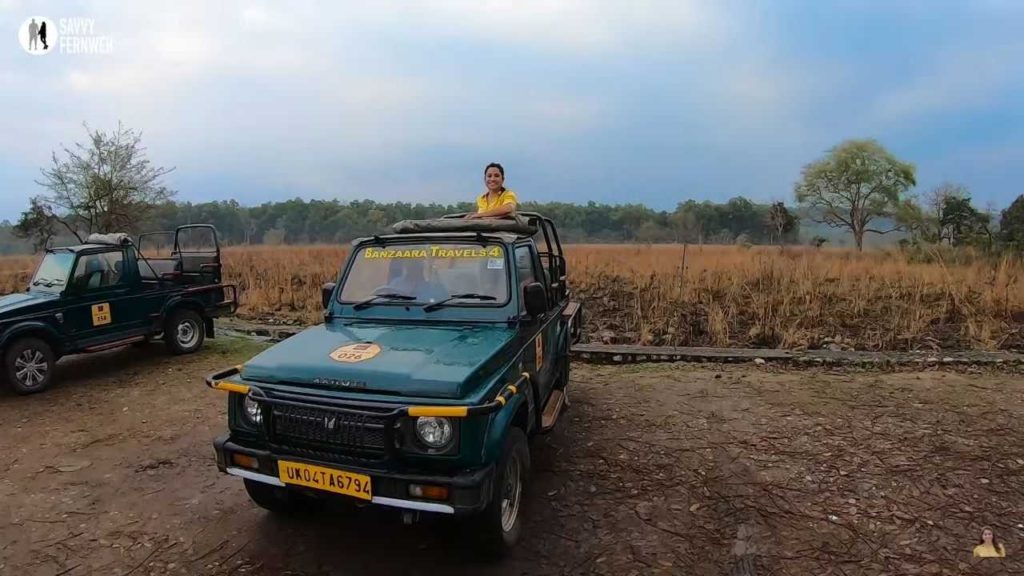
Jeep safaris provide for interesting sightseeing trips to the Park. Sitabani Buffer Zone, which does not fall inside the Park’s suggested buffer zones, is a popular spot for jeep safaris. Visitors may make it to this zone and enjoy some nice and happy moments with Mother Nature in Sitabani.
Timings: Summer jeep safaris begin at approximately 6:00 am and go until 9:00 pm, much as the canter safaris. Jeeps may enter the forest from 3:00 pm until 6:00 pm.
It’s important to keep in mind that vision is limited in the winter. Thus, the first jeeps are authorized between 7:00 and 10:00 am. Immediately after this, the second batch begins about 2:00 pm and lasts till 5:00 pm.
Zones: All four of the Park’s zones are open to Jeep safaris. The number of jeeps permitted, on the other hand, may vary depending on the Forest Permit.
Buffer Zones in Jim Corbett National Park
#1. Dhikala Zone
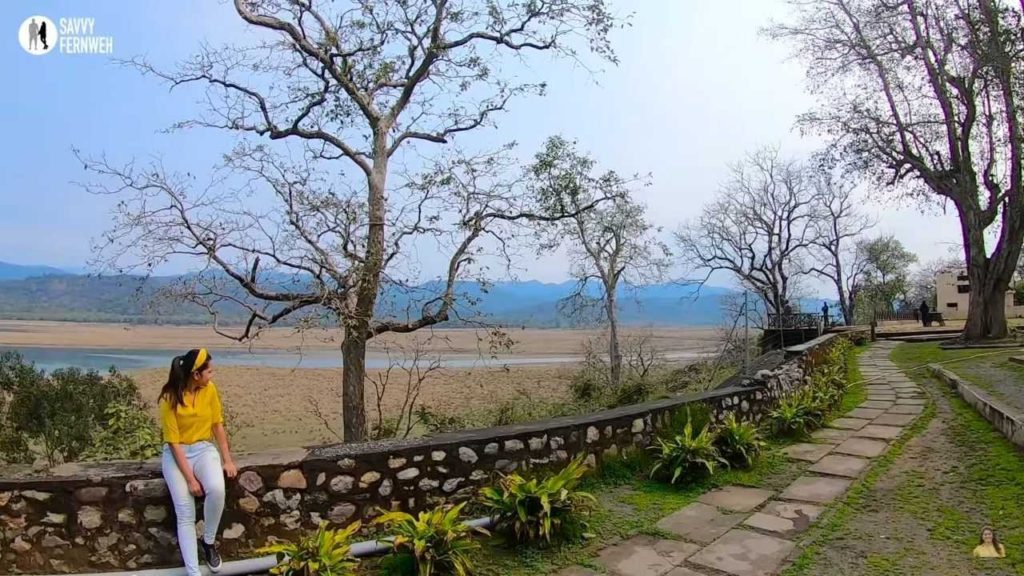
Dhikala Zone, the Park’s largest buffer zone, serves as a focal point for visitors. The Dhangadi Gate serves as the gateway to a diverse array of wildlife, including Bengal Tigers, Asian Elephants, deer, chital, crocodiles, snakes like cobras, and birds like vultures and doves. The optimal time to visit the Park’s buffer zone is between mid-November and mid-June.
#2. Jhirna Zone
In comparison to the other buffer zones, this one is just 16 kilometers from Ramnagar’s core. In terms of transportation, it is well-served by buses, taxis, and other modes of transportation.
This area is well-known for its magnificent natural beauty, but it is also a great place to get up and have an encounter with bears. Despite the fact that Jhirna Gate serves as the main entrance to this zone, it is ideal for visiting from October to June.
#3. Bijrani Zone
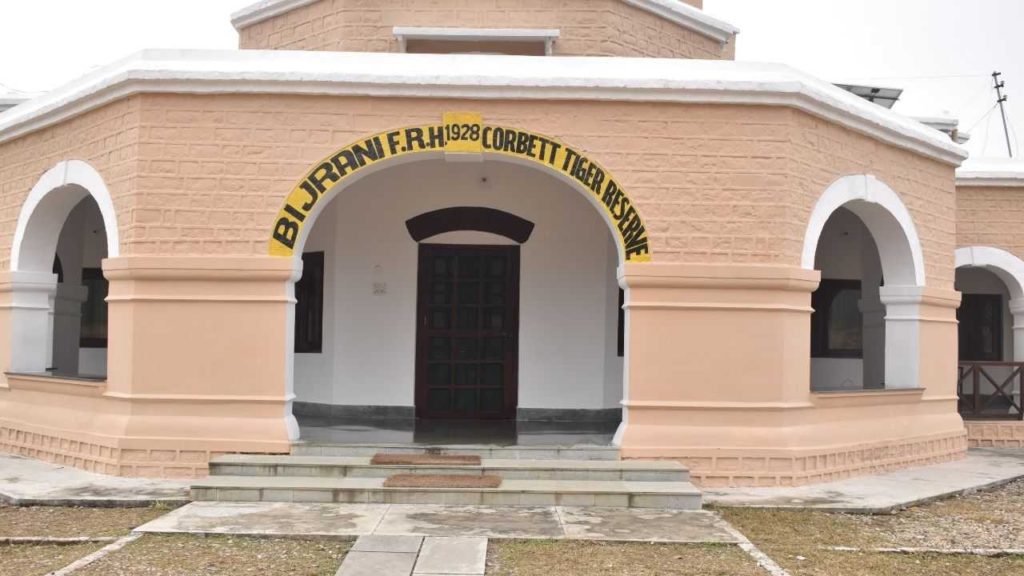
Bijrani Zone is the best area for nature enthusiasts who want to see the Park’s many flora species in action! It is also a popular destination for wildlife enthusiasts since it is just a short distance from Ramnagar. From the Amdanda Gate, visitors may see a wide variety of animals, including elephants, tigers, deer, chital, and monkeys, as well as a wide variety of birds. The Bijrani Zone is at its most beautiful from the middle of October through the end of June.
#4. Durga Devi Zone
When you enter the Park via the Durga Devi Gate, you will be in the Durga Devi Zone, which is home to a large variety of avifauna species. It is a haven for a variety of birds, including the gray-headed eagle, maroon oriole, crested laughing thrushor, black-chinned yuhina, and others. You must visit this zone between November (mid) and June for a far more interesting and enjoyable frolic experience (end).
Aside from these four major zones, the Park also contains a number of subsidiary tourist attractions that are as popular with tourists.
Other Activities To Do in Jim Corbett
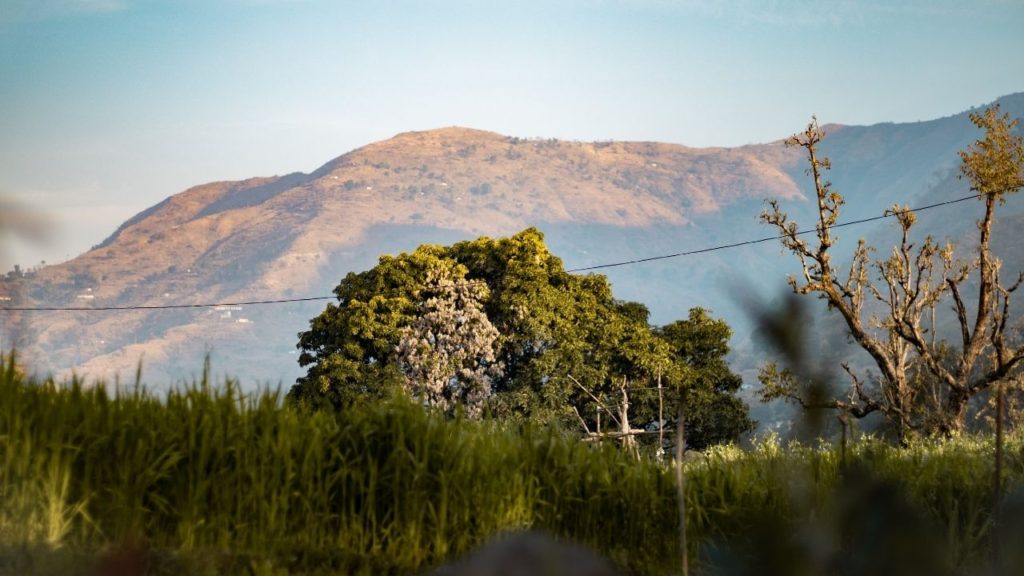
Apart from the safari in the Park, you should add an activity or two to your Corbett vacation to get the most out of it. The good news is that Corbett has a variety of activities for you to enjoy. The beautiful Kosi River, which flows through the Park’s boundaries, is perfect for rafting (during certain seasons) and adventurous sports like bridge crawling and river crossing. Visitors may also engage in adventure sports like rock climbing, mountain biking, and rappelling on the outskirts of Corbett.
Corbett’s Upper Ramganga River is suitable for fishing and angling tours for people looking for some leisure activities. The Park is also strategically located, giving visitors the opportunity to take a memorable sightseeing tour of popular tourist attractions such as Garjia Temple, Jim Corbett Museum, Corbett Falls, and the nearby tourist destination of Nainital, as well as other nearby travel destinations such as Bhimtal, Sattal, and Naukuchiatal.
Accommodation in Jim Corbett
The number of hotels near Corbett National Park impacts its appeal in India. Getting a hotel of your choice is possible in Corbett. The lodging choices in Corbett vary from affordable hotels to luxury resorts, so whatever your budget, you will be well accommodated. Enjoy a staycation in Jim Corbett National Park in these resorts:
1. Corbett Mango Bloom Resort: This resort has world-class amenities like a fitness center, swimming pool, and big rooms.
2. The Solluna Resort: Enjoy the elegance of this famous resort’s great position, gorgeous surroundings, and kind welcome.
3. Infinity Resort: This royal resort provides outstanding facilities, surrounded by rich woods and luscious green trees.
4. Riverview Retreat: This eight-acre resort is a paradise for guests seeking comfort, elegance, and magnificent facilities.
Takeaway
Located in Uttarakhand’s Nainital district, Uttarakhand’s Jim Corbett National Park is India’s oldest National Park. The Corbett Tiger Reserve, which includes Corbett National Park, is home to the critically endangered Bengal tiger. What are you waiting for? Book your tickets and come and explore the best views of nature.
